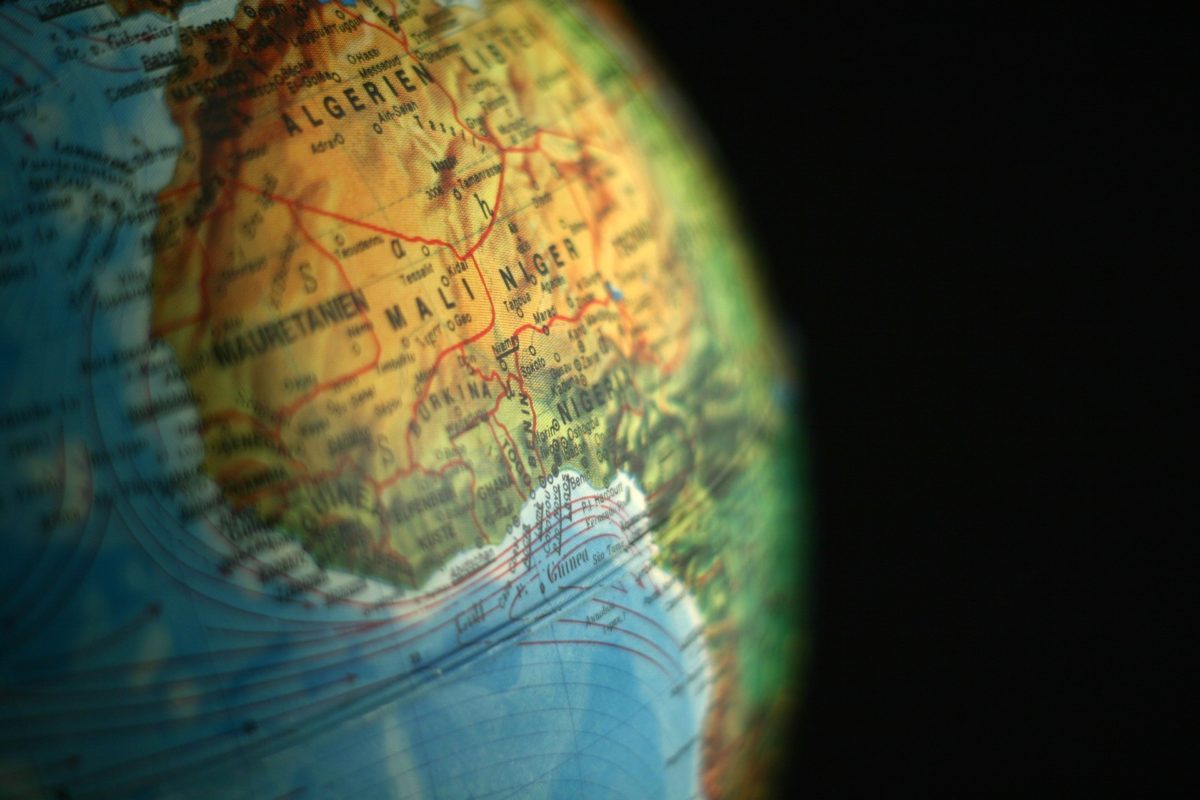The World Bank has agreed to bolster the Regional Off-Grid Electrification Project (ROGEP) with access to $225 million in cash and credit.
The project improves off-grid access to electricity through standalone solar systems in 19 countries in West Africa and the Sahel including Benin, Cameroon, the Central African Republic, Chad, Gambia, Ghana, Mali, Mauritania, Niger, Nigeria, Sierra Leone and Togo.
The World Bank funds include $150 million in credit and grants from the International Development Association – a unit of the World Bank that helps the world’s poorest countries – and a $74.7 million contingent recovery grant from the Clean Technology Fund of the Climate Investment Funds, which are also administered by the World Bank alongside regional development banks. Contingent recovery grants must be repaid if other lenders go on to supply funding to ROGEP.
“The project is expected to benefit about 1.7 million people currently living without electricity connections or with unreliable supply, as well as businesses and public institutions who will use modern standalone solar systems to improve their living standards and economic activities,” the World Bank said in a statement announcing the funding.
Solar as primary resource
Popular content
According to the development bank, only 3% of population can currently access solar power through off-grid systems in West Africa and the Sahel. It is estimated a further 208 million people in the region have no access to power.
“The project seeks to assist regional policymakers to address barriers to creating a regional market for standalone solar systems – which is essential to reduce energy poverty in the region – and [to help] entrepreneurs … take opportunities in this market through [the] development of scalable business solutions,” said World Bank representative Rachid Benmessaoud.
Solar power is becoming considered a primary resource for development in the Sahel, a region particularly affected by climate change. A recent study claimed solar power plants and wind farms covering large surfaces may be able to contribute to increased rainfall in the Sahara desert, and particularly in the Sahel.
In April last year, the African Development Bank, Green Climate Fund and Africa 50 investment fund signed a letter of intent to collaborate on a Desert to Power program which aims to install 10 GW of solar generation capacity and provide electricity to 250 million people in the Sahel.
This content is protected by copyright and may not be reused. If you want to cooperate with us and would like to reuse some of our content, please contact: editors@pv-magazine.com.



1 comment
By submitting this form you agree to pv magazine using your data for the purposes of publishing your comment.
Your personal data will only be disclosed or otherwise transmitted to third parties for the purposes of spam filtering or if this is necessary for technical maintenance of the website. Any other transfer to third parties will not take place unless this is justified on the basis of applicable data protection regulations or if pv magazine is legally obliged to do so.
You may revoke this consent at any time with effect for the future, in which case your personal data will be deleted immediately. Otherwise, your data will be deleted if pv magazine has processed your request or the purpose of data storage is fulfilled.
Further information on data privacy can be found in our Data Protection Policy.